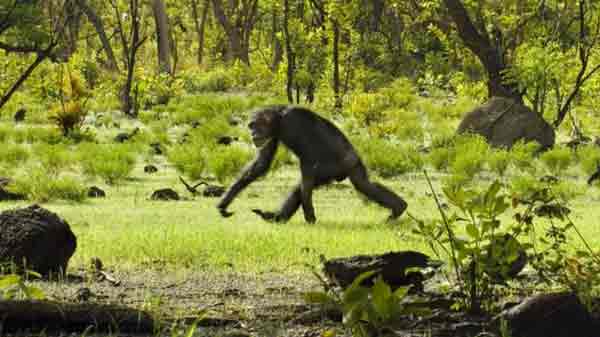
Canada (BBN)-People with lower back problems are more likely to have a spine similar in shape to the chimpanzee, our closest ape ancestor.
A lesion which forms in the disc between the bones of the spine is the reason for the differing shape, reports BBC.
It would have caused the vertebrae to change as humans evolved from using four legs to two legs.
The researchers say their findings could help doctors predict who may be at risk of back problems.
The study, published in BMC Evolutionary Biology, involved scientists from Scotland, Canada and Iceland.
The research team analysed the vertebrae of chimpanzees, orangutans and ancient human skeletons to investigate the relationship between the shapes of the bones of the spine, upright movement and the health of the human spine.
Prof Mark Collard, from the University of Aberdeen and Simon Fraser University in Canada, said they provided valuable insights into our ancestors' health and lifestyles.
The skeletons also provided information about how humans evolved to move on two "rear" legs.
findings show that the vertebrae of humans with disc problems are closer in shape to those of our closest ape relatives, the chimpanzee, than are the vertebrae of humans without disc problems."
The research picked up that these individuals have a lesion called a Schmorl's node - a small hernia which can occur in the disc between the vertebrae.
Although there is not one cause for the node, it is thought to be linked to stress and strain on the lower back.
Evolution is not perfect, so over many thousands of years humans have not all adapted in the same way.
Prof Collard said: "Our study suggests that the pathological vertebrae of some people may be less well adapted for walking upright."
They say their findings could have benefits for modern health issues and be used as a predictive tool.